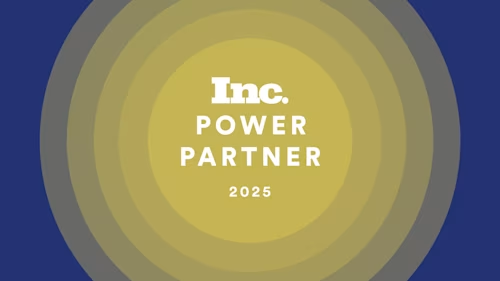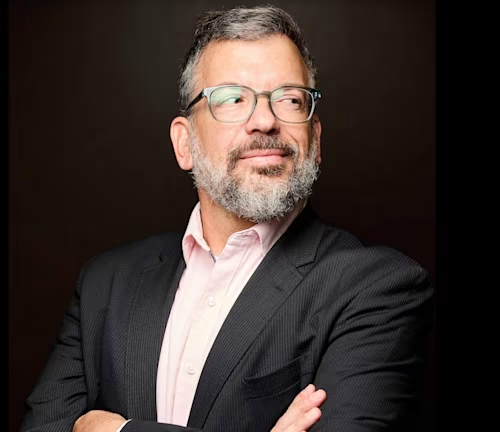
SDHacks 2018 Recap

We’re at it again! This weekend the Docusign API team sponsored our fourth collegiate hackathon of the year. We’ve been to Pullman, Washington for CrimsonCode at Washington State University; we made our way to Philadelphia, Pennsylvania for PennApps at the University of Pennsylvania; and most recently we sponsored HackMIT at MIT in Cambridge, Massachusetts. And this weekend we made our way to sunny San Diego, California.
For the last three days, a team of Docusign engineers have been mentoring and working with participants at the annual SDHacks hackathon. Hosted by the University of California, San Diego (UCSD), the entirely student-organized event began in 2015 and is one of the largest ongoing hackathons in the state of California. The event kicked off Friday evening with the opening ceremony. Headlining the welcome festivities was Albert P. Pisano, Professor and Dean, UC San Diego Jacobs School of Engineering. Dean Pisano spoke of many things, including how the university is top-ranked for women in the field, the next generation of tech products are coming from events like hackathons, including SDHacks, and the phenomenal rate at which the computer science community is growing.

We then took the stage to announce the Docusign challenge to the 1,000 hackers in attendance, and what it entails, and what’s in store for the winners. The challenge was pretty straightforward: present the best use of the Docusign eSignature API. Our intent for this open-ended challenge was to enable hackers to be as creative as possible with their projects.
Top of mind in our assessments – and our mentoring – are novel hacks which involve preparing, signing, sending, and managing the status of Docusign envelopes. Therefore, the winning hack could incorporate one or multiple Docusign API features, such as authentication, connect/event notifications, embedded signing, composite templates, or Docusign Payments, to name a few.
We gave prizes to our 1st and 2nd place winners. For the team in 2nd place, we awarded $1,000 cash. For the 1st place prize, we awarded the winning team the following things:
$2,000 cash
An interview for an internship or full-time job at Docusign,
VIP passes to Docusign Momentum 2019, our annual conference in San Francisco
The opportunity to pitch their winning project to Tom Casey, SVP, Engineering, Docusign
A feature on the Docusign Developer Center.
Before the participants got too far into their projects, we held a workshop on Friday evening to get the hackers more acquainted with Docusign APIs, SDKs, and developer tools. This was hosted by Majid Mallis, Senior Software Engineer at Docusign. Topics included were:
What’s possible with the Docusign eSignature API
How to authenticate
How to send envelopes
Features like signing, tabs, real-time statuses, and custom buttons
SDKs and tools
Common Docusign terms

Following the workshop, we left the hackers around midnight to let them work through the beginning stages of their projects on their own. But we were back at 8am on Saturday morning and stayed for the next 26 hours, until projects were submitted at 10am on Sunday morning. Our mentors helped this really sharp group of hackers through issues and helped flesh out ideas. We assisted with projects focused on getting signatures via Docusign for official petitions, QR scanning, generating roommate agreements, and ones that add additional layers of security to signing.
After all of the hard work and long hours, everything came to a halt on Sunday morning. Hacking was over, and the projects were submitted. We had five judges on-hand to assess the 20 submissions we received:
Bharat Rele, Software Engineer, Docusign
Gautham Rajasekar, Software Development Engineer, Docusign
Majid Mallis, Senior Software Engineer, Docusign
Matthew Roknich, Developer Evangelist, Docusign
Yuning Zhang, Software Engineer, Docusign
We were looking for novel creations with the Docusign eSignature API, but had some specific criteria when it came to evaluations:
Technical Difficulty: Is the hack technically challenging? Does the project include some advanced Docusign features or integrate with multiple APIs? This is the most important factor for judging a winning project.
Originality: Is the hack more than just another generic social/mobile/local app? Does it do something entirely novel, or at least take a fresh approach to an old problem?
Polish: Is the hack usable in its current state? Is the user experience smooth? Does everything appear to work? Is it well designed?
Usefulness: Is the hack practical? Is it something people would actually use? Does it fulfill a real need people have?

Using the criteria above to evaluate the weekend’s submissions, we determined our winners after getting demos and explanations of each project. Taking second place was Team SaySign, a group of four students from UCSD, consisting of Sai Aditya Chitturu, Tejash Desai, Nitesh Sekhar, and Amarnath Raju Vysyaraju. Their project brings document authentication to mobile phones in a seamless way. Without the need for a new app, it utilized voice recognition software via the Google Assistant. A user is able to ask which documents have been received, which ones need to be immediately signed, receive concise summaries, and even sign documents using just one’s voice. Additionally, the Team SaySign hack uses Docusign templates and embedded signing, as well as speech-to-text and Natural Language Processing technology.

Our first place winners represent Team Consentsus, which consists of the duo of Andrew Casner and Nicholas Erokhin, both from the University of Colorado, Boulder. Top of mind for this project was big events such as SDHacks, and the name of the game is giving consent for the use of images including people’s faces and likeness. Photographers and organizers of an event can upload all of the photos they’ve taken, and their app then uses AI and Computer Vision to tag individuals in all of the images they’re in and attach those photos to a release form, where the user can choose to release rights to certain photos if they so choose. The status of every release form can be managed through a single web page. Among many reasons, Team Consentsus took the top prize for its heavy usage of the Docusign eSignature API. The API provided a platform for them to create and manage legally-binding contracts, and incorporate the Composite Template API and features like embedded signing and tabs. For all of the details on their project, head here.

We had an amazing time in sunny San Diego. We talked with hundreds of hackers, snagged a few resumés, and learned a couple things along the way too. We’re already looking forward to SDHacks 2019. Happy hacking!
Be sure to check out our many other developer resources:

Related posts
Docusign IAM is the agreement platform your business needs




